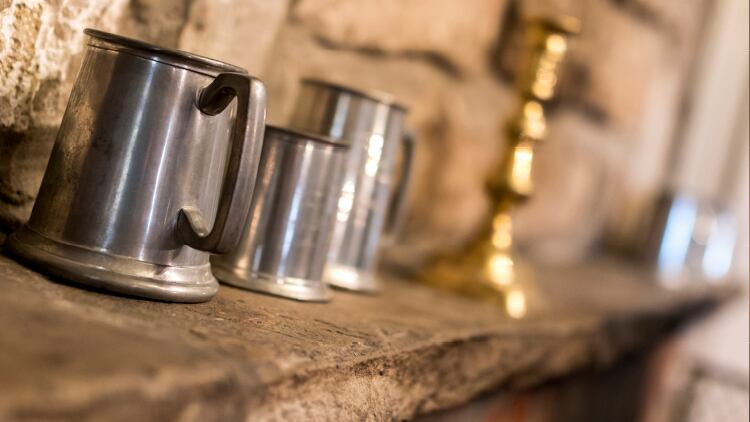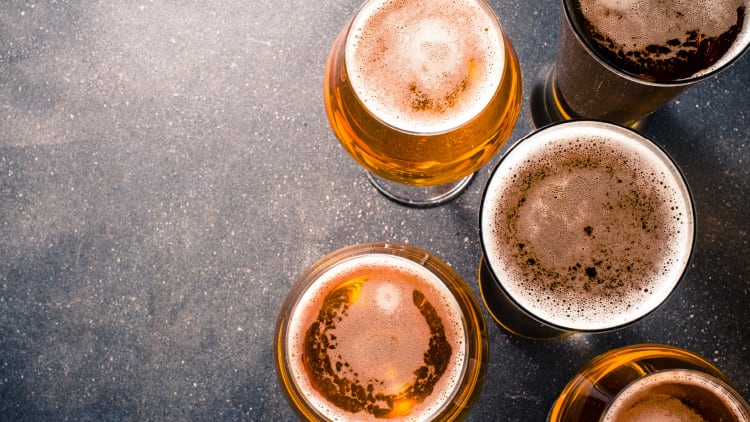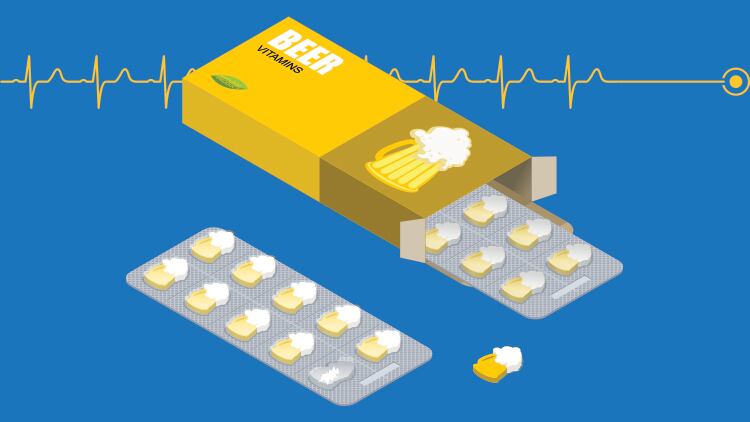Beer has always been a central figure in British life. From the 5th century AD, when Anglo-Saxon colonisers brought their love of ealu (ale) to these shores, right through the Middle Ages when the drink was seen as a source of nourishment, a safe alternative to water and an essential part of religious celebration all rolled into one, beer has dominated the history books of the British Isles.
Indeed, the only rival to beer’s crown of being the defining concept of our national identity is the place in which nearly all of the drink was once sold. The public house, or ‘pub’ for short, is associated with Britain perhaps more than any other institution, so much so that going to one remains among the top three most popular tourist activities for foreign visitors to our shores.
However, beer and pubs are not rivals; they are accomplices – the perfect foil for one another. Despite the rise of the supermarket, it’s hard to imagine beer existing without pubs to drink it in, and harder still to imagine a pub that doesn’t sell beer. But how did these two great pillars of British society become so inextricably linked to one another, and what is it about beer that makes it so synonymous with the great British pub?
Beer brewing was, once upon a time, very much an activity confined to the house. In the Middle Ages, households would brew for their own personal consumption using the same yeast they used to make their bread. Over time, those who produced better beer would begin to sell their produce to neighbours and friends, who would often come to the house and buy beer to take away. In 1393, Richard III declared that “whoever shall brew ale in the town with the intention of selling it must hang out a sign”, and thus the pub sign was born.
The Beer Act
As the concept of frequenting these alehouses became more popular, the venues themselves started to become less like houses and more like communal meeting places, institutions where people could gather, drink and partake in cockfighting and other forms of sport. Alongside alehouses there were also taverns, inns and coffee houses, but none of these venues had as much of an emphasis on beer as the alehouse. Gradually, taverns and inns started selling beer and became more like alehouses themselves, and all three types of institution came to be known as public houses.
Despite public houses remaining popular throughout the 18th century, the unstoppable rise of gin (brought to England by the Dutch after the Glorious Revolution of 1688) led to thousands of gin shops springing up all over England. By 1740, the production of gin had increased to six times that of beer and, because of its cheapness, it became popular with the working classes. By the early 19th century, ‘Gin Palaces’ had spread across Britain, bringing with them drunkenness, crime and debauchery.
In a bid to reduce public drunkenness, and reduce the consumption of gin, a new law was introduced in 1830 called The Beer Act. This landmark piece of legislation created a new type of public house called a ‘beer house’. Under the act, any homeowner could apply, with a one-off payment of two guineas (about £173 today), to make and sell beer or cider in their home.
The impact of The Beer Act was widespread and almost immediate. In the first year, 400 new beer houses opened and, within eight years, there were more than 45,000 establishments across the country (more than the number of taverns, pubs, inns and hotels at the time). Because the licence was so easy to apply for, and the profits were so high (often homeowners were able to buy the house next door to live in, and turn their entire home into one huge bar) the number of beer houses continued to rise, until 1869 when new laws were introduced making it harder to get a licence.
By this point, however, the relationship between beer and the public house was unbreakable. The act had made beer far and away the cheapest alcoholic drink to produce, sell and drink, and everybody wanted a slice of the action.
By creating 45,000 new drinking establishments in which the only alcoholic products for sale were beer and cider, The Beer Act successfully transformed the nature of pubs, and made the amber liquid the de-facto drink of choice of an entire nation.
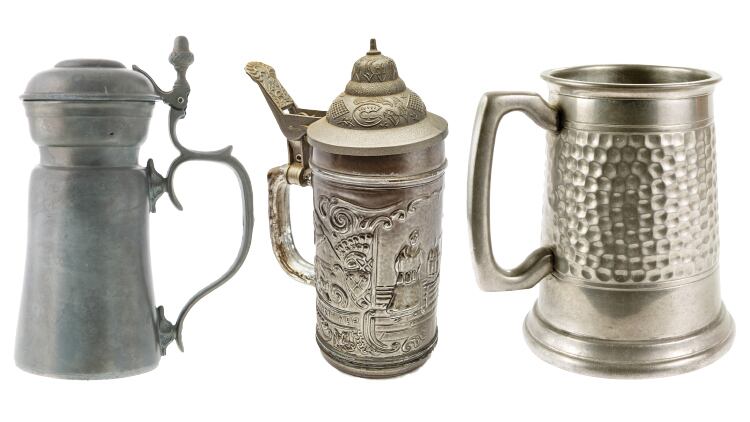
Tied model introduced
There was, of course, a downside to the implementation of The Beer Act. By increasing demand for, and reducing the cost of producing beer, the act inadvertently gave more power to larger commercial brewers, who could make their beer far cheaper than the beer house owners. As a result, many beer houses would strike deals with larger breweries to supply their beer exclusively in return for cheaper wholesale prices, thereby creating the tied-house system that still exists to this day.
Despite this, the Victorian era is widely thought of as the golden age of pubs and beer. With the advent of the 20th century, alternative forms of entertainment such as music halls, football and theatre became increasingly popular and widespread, and beer consumption began to decline.
The arrival of the First World War did little to help the beer and pub industry, which was already facing heavy taxation and increased pressure from the temperance movement. During the war, the average strength of beer fell from around 7% ABV to just 3% ABV, while new legislation banned the buying of rounds and the provision of credit by landlords in an attempt to curb alcohol consumption.
By the end of the war, only 13m barrels of beer were consumed annually, compared with 36m in 1913. Outright nationalisation of the brewing industry was even debated in parliamentary circles, while state-managed pubs, which sold lighter beer, food and non-alcoholic drinks, were increasingly popular. In 1924, a new calculation for beer duty was introduced, tying the tax rate to the strength of the beer in question. As a result, the average strength of beer remained between 3% and 4% ABV for much of the 20th century.
Throughout the 1920s and 1930s, licensees could be forgiven for thinking they couldn’t catch a break. Economic downturn was pinching at the pockets of many working-class beer drinkers, and those who were not so badly affected were increasingly choosing to partake in other activities instead of heading down to their local.
Beer never rationed
The outbreak of the Second World War, however, brought with it a new sense of pride and patriotism for all things British. Beer became seen by politicians as a vital way of keeping up the morale of both troops abroad, and those at home, and was never rationed once throughout the conflict. With bombs dropping nightly across the country, people sought refuge in the pub and, having little else to spend their money on, drank lots and lots of beer (supplies of wine and spirits had dwindled due the disruption of trade caused by the conflict). Once again the pub, and the pint, ruled supreme.
In the decades that followed the Second World War, the pub and beer industry in the UK was dominated by two major trends: market consolidation and the rise of keg ale. Many of the nation’s pubs were bought up as the newly established ‘big six’ brewers sought to gain market control. The greater stability and lifespan of kegged product meant that it was increasingly favoured by these large brewing companies, despite the fact the beer arguably often ended up tasting weak, bland and lifeless. By the early 1970s, keg ale accounted for almost half of the volume of beer sold in pubs.
At this point, the British consumer decided to fight back. In 1972, four angry journalists formed an organisation called The Campaign for the Revitalisation of Ale (CAMRA) and begun to wage war against the big six, organising demonstrations, campaigns and protests to inform the drinking public about the superiority of what they dubbed ‘real ale’.
The Campaign for Real Ale (as it came to be known) was an unqualified success. In 1975, it hosted the first ever Great British Beer Festival, which went on to become the biggest annual fixture in the beer drinker’s calendar, and, by 1976, the movement had more than 30,000 members. An investigation by the Price Commission in 1976 attacked the tied-house system for its anti-competitive nature, and called into question the benefit of economies of scale for the average drinker,
While the tied-house system remains to this day, the effective monopoly of the big six brewers has been comprehensively defeated, and the number of breweries in the UK is now at an all-time high.
There is little doubt that without CAMRA, British real ale culture – an integral part of how beer is consumed in the pub – would not exist as it does to this day.
So what does the future hold for beer and the great British pub? It would be easy to look at the current state of affairs and predict nothing but doom and gloom. The number of pubs in the UK continues to plummet at an alarming rate, while the rise of cheap supermarket beer, the looming threat of business rates and the decline in alcohol consumption among the younger generation are all reasons to fear for a future in which the simple act of going down the pub for a pint could become consigned to the history books.
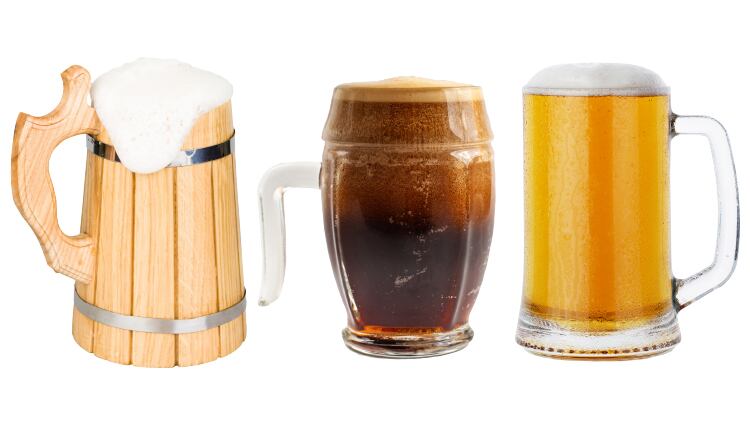
Pubs can still adapt
However, writing the eulogy of the pub would, at this stage, be a premature and foolish prediction to make. What history has taught us is that the pub has been able to survive for so long because of its ability to adapt and develop. There is no doubt that in order to survive in the modern age, pubs will need to do more to cater to those for whom the ritual of drinking cask-conditioned bitter by the pint every night of the week does not appeal.
Despite this, it is hard to envisage a future in which beer will not play a significant role in the way we as humans socialise.
As beer historian Martyn Cornell puts it: “Alcohol is a social lubricant. Beer, in all its myriad forms, has offered a hugely popular way of delivering that ‘social lubricant’ for hundreds of years, and the pub has shown, as it has evolved, a constant ability to change and adapt to customers’ needs.”
Hence, while the great British pub faces a series of threats as grave and potentially fatal as any of those it has overcome in the past, one can feel confident in predicting that something like it, selling a range of drinks that will certainly include beer as a substantial part of the offering, will continue to be found in every town, village and city across the nation.
I’ll see you down there for a pint.

